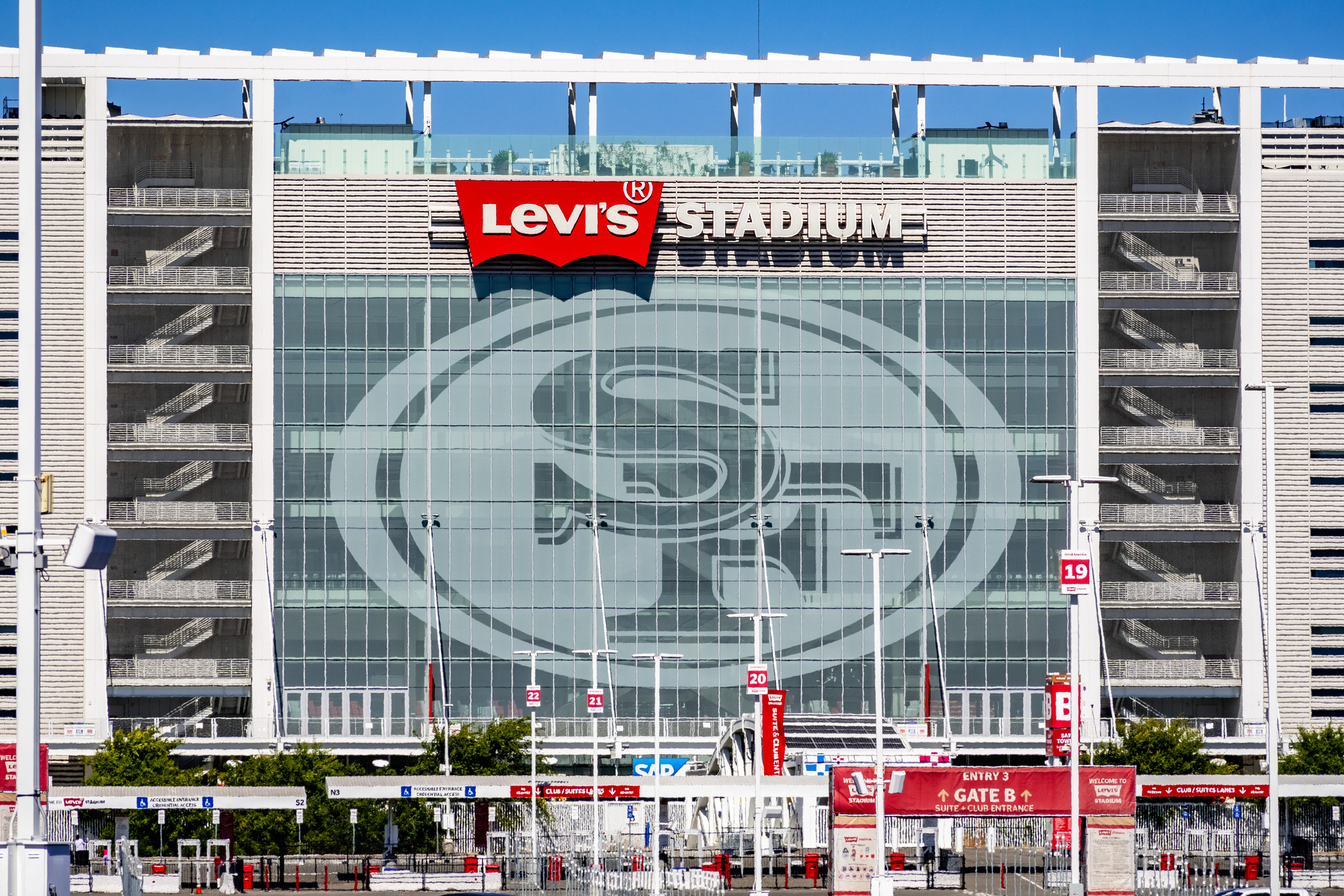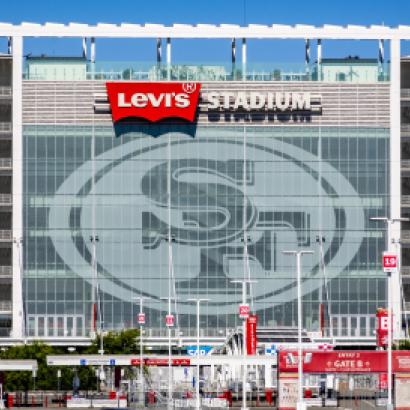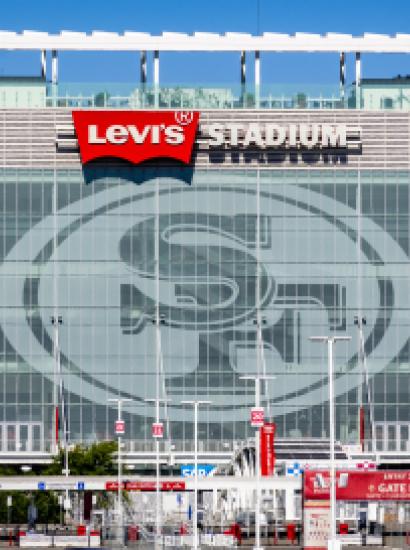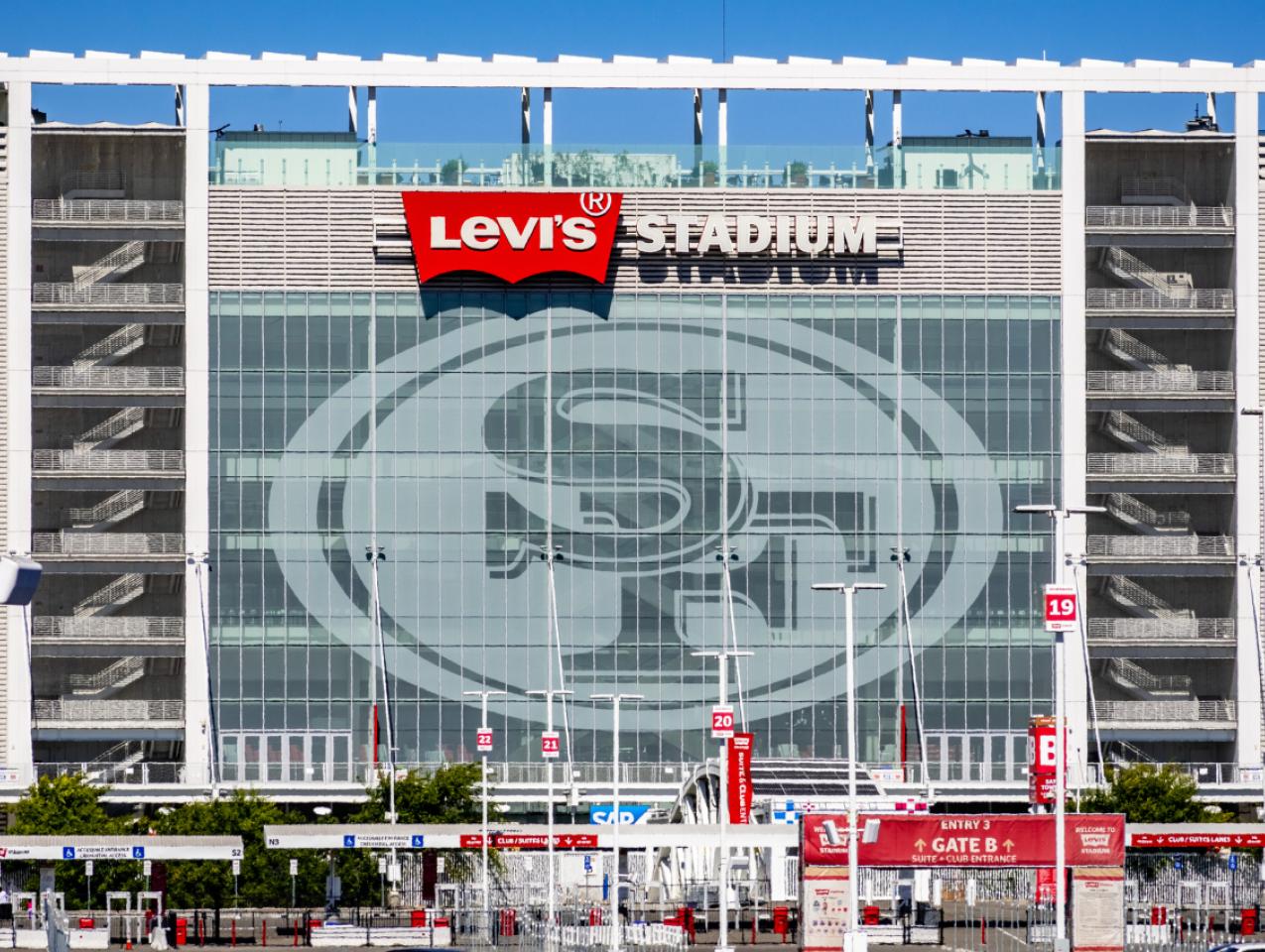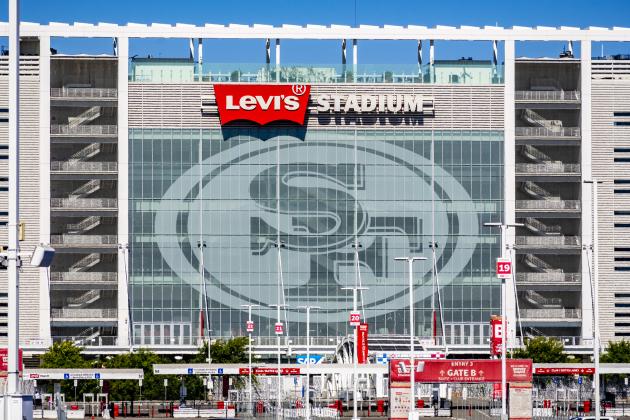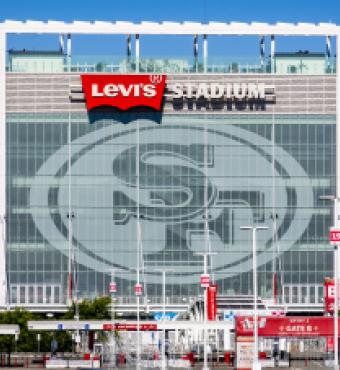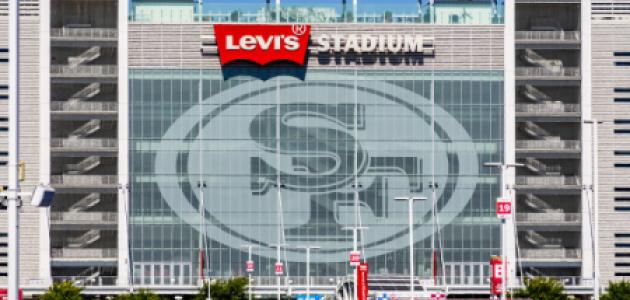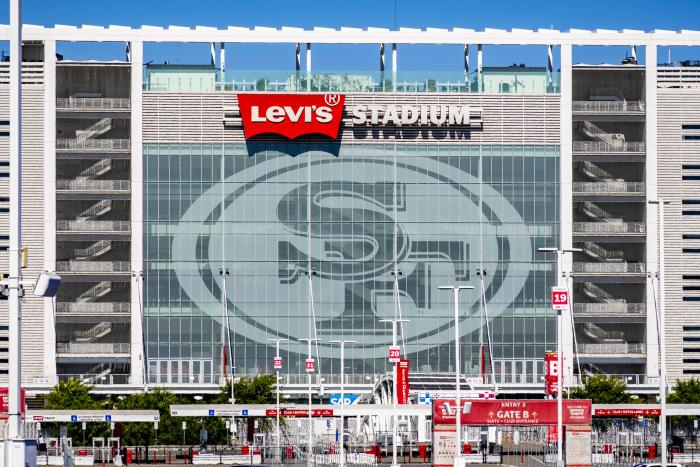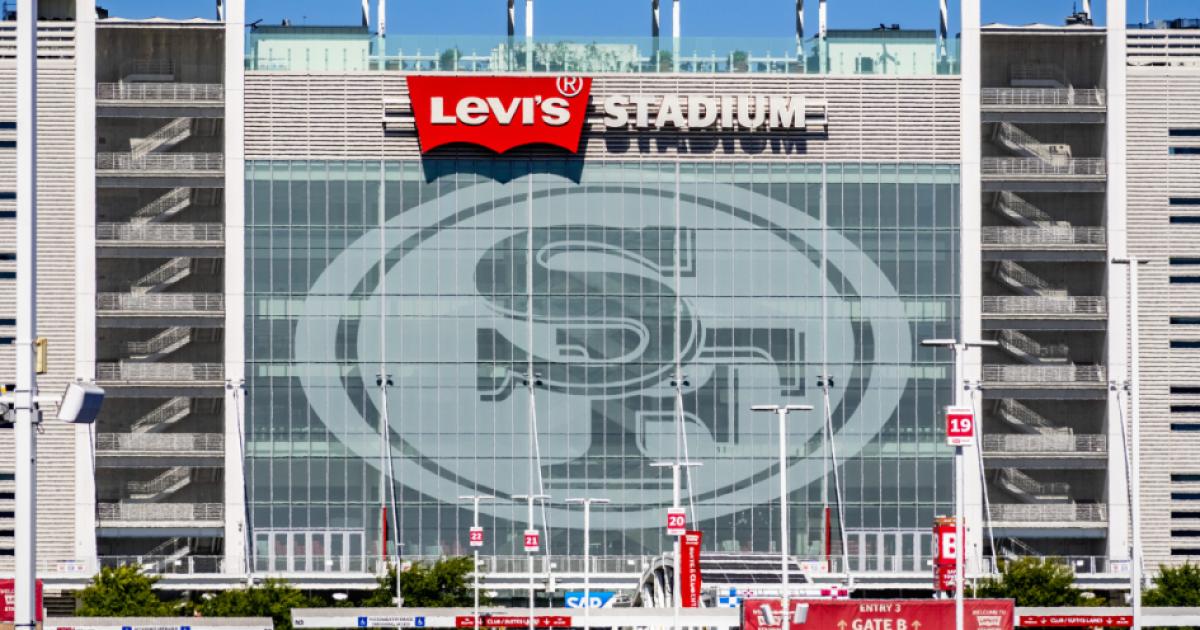- Economics
- US Labor Market
- Politics, Institutions, and Public Opinion
- State & Local
- California
In the two-week lead-up to Super Bowl LIV, the San Francisco 49ers encountered a foe more complicated than the high-octane offense of the Kansas City Chiefs: a stubborn San Francisco city government that, publicly at least, showed little interest in throwing a parade should the local team prevail on Sunday (it’s been 25 years since a California-based NFL team has brought home the Lombardi Trophy).
Why the obstinate attitude on the part of the city that once was home to the 49ers (the team moved to Santa Clara and the heart of Silicon Valley in 2014)?
Because it’s a complicated relationship having to do with bad blood, regional snobbishness, and limited government resources—not to mention the inherent weirdness of a celebrated franchise that no longer calls San Francisco home, even if the players’ helmets and team logo still bear the initials “SF.”
This hasn’t been a problem with Boston and the New England Patriots, who play in exurban Foxboro, 30 miles south of “The Hub.” The Patriots’ victory parades—there have been three in the past five years—occur in Boston with lots of duck boats and little drama between the city and the team.
But San Francisco is a continent apart from Boston—and worlds apart in terms of its relationship with its former NFL team.
It begins with the story of how the 49ers ended up in Santa Clara, which not long ago was seen as an unwise decision for reasons having to do with fans disguised as empty seats.
At first, the 49ers wanted to stay at their San Francisco venue, Candlestick Point, the plan originally calling for a $600 million redevelopment project that included a new stadium and a retail, entertainment, and residential development complex next to it.
What ensued was more moving parts than a West Coast offense. San Francisco city officials considered turning to the state government in Sacramento for an end-run around voter approval of the project. The York family, which owns the team, first learned of that requirement through the media rather than government channels. When the Yorks announced the move south, they did so without giving a heads-up to the mayor.
The mayor didn’t take the news well. He was up for re-election the following year and stood to benefit from the jobs associated with Candlestick Point’s redevelopment. He also had dreams of bringing the 2016 Summer Olympics to the San Francisco Bay Area, with the 49ers’ new stadium hosting the opening and closing ceremonies. That idea ended soon after the 49ers announcement.
That mayor was Gavin Newsom, now California’s governor. As Santa Clara neared a voted to approve construction of the new stadium, Newsom predicted a 49ers punt. “They’ll pass it and have a lot of press conferences calling it ‘a historic day’ and that the 49ers ‘are proud to stay in the Bay Area,’” Newsom claimed. “Then a year will become two and perhaps three.”
Eight years later, the 49ers were playing in Santa Clara and Newsom was running for re-election as California’s lieutenant governor—the prelude to his gubernatorial win in 2018.
Newsom is a graduate of Santa Clara College, which is less than 10 miles from Levi’s Stadium, the site of 49ers’ home games. While he doesn’t give voice to regional elitism, others do—and it comes out in talk about the 49ers and their newer venue.
It’s the nature of life in the Bay Area. San Franciscans, residing in a cosmopolitan city at the top of a peninsula, haughtily dismiss the smaller towns to the south as less cultured and less colorful. That includes Santa Clara, home to a large amusement park and chip-making giant Intel and on the receiving end of this snark in the San Francisco Chronicle: “The 49ers have relocated 50 miles south to Santa Clara. The south bay is the team’s new home. So perhaps a parade through Great America? Or around the Google campus?”
Speaking of bias, this topic wouldn’t be complete without mention of Northern California’s hostility toward sports franchises.
In the last three decades alone, San Francisco voters’ reluctance to fund a new ballpark nearly drove baseball’s Giants out of town and did succeed in losing the 49ers to Santa Clara. Across the Bay, Oakland is losing its NFL Raiders to Las Vegas while it remains to be seen if baseball’s Athletics can build a waterfront ballpark. Yes, the NBA Warriors are playing in a shiny new arena in San Francisco, having relocated from Oakland, but not in the originally hoped-for site that the franchise abandoned due to threats of regulatory hell.
There’s one other factor in play in this scrimmage between city and football team: San Francisco’s shaky city finances.
To the outside world, San Francisco evokes images of a thriving skyline, money to burn in the form of high-end clothes and haute cuisine, plus an insane housing market courtesy of gentrification fueled by the tech boom.
The view from the inside is different. Homelessness, a housing shortage, and economic disparity dog the city. Then there’s the city government’s inability to finance its core responsibilities. Amidst the glitz and glamour of San Francisco’s “second gilded age,” the city’s public school system finds itself with a budget shortfall expected to grow worse in the next two years. Meanwhile, an independent auditor has determined that the City College of San Francisco’s budget finances are so unstable (with three straight years of deficits) that there’s “substantial doubt about [the college’s] ability to continue as a going concern.”
San Francisco doesn’t lack for revenue. Where it does fall short: in its lack of wise spending decisions and in questions of why the city is so awful at completing megaprojects on time and wholly intact (most notably, the Transbay Transit Center that closed within weeks of its opening due to steel-beam cracks).
More could be said about San Francisco’s fiscal woes—the carrying of debt that impacts annual spending; a budget that’s overly generous to city workers.
Maybe that explains the reluctance to put on a parade: would it be celebrating a team at the top of its game, or a franchise smart enough to have escaped San Francisco?







